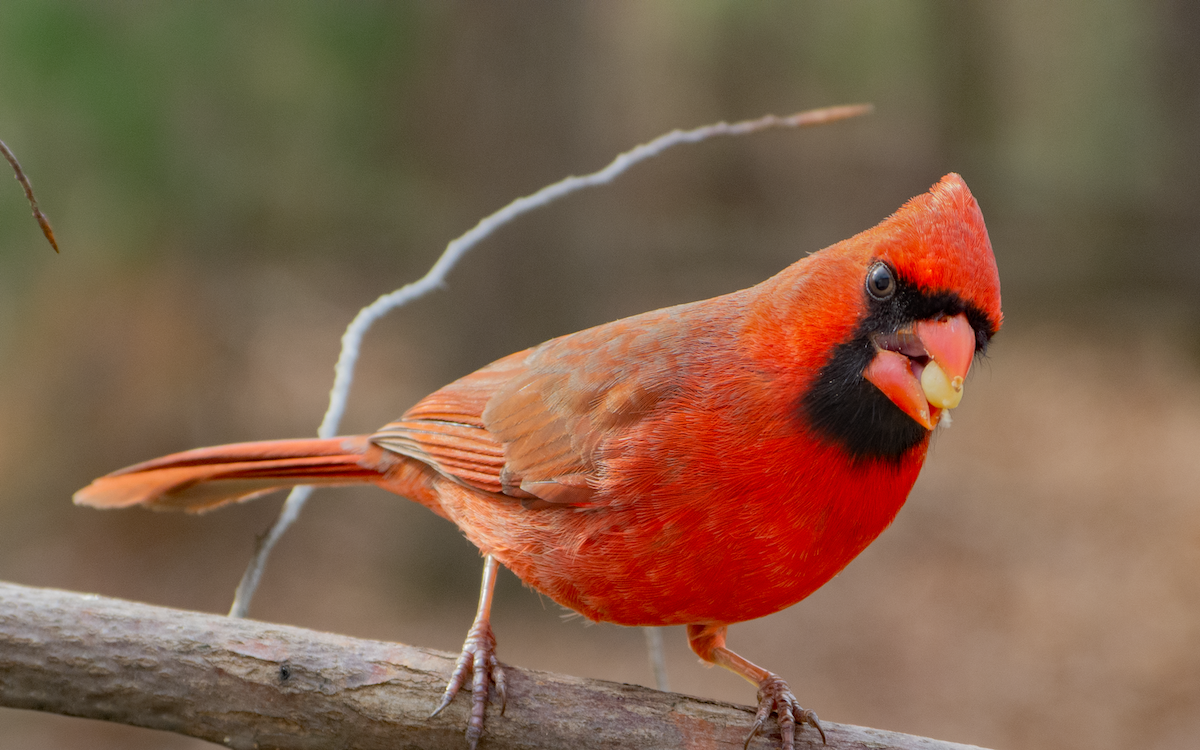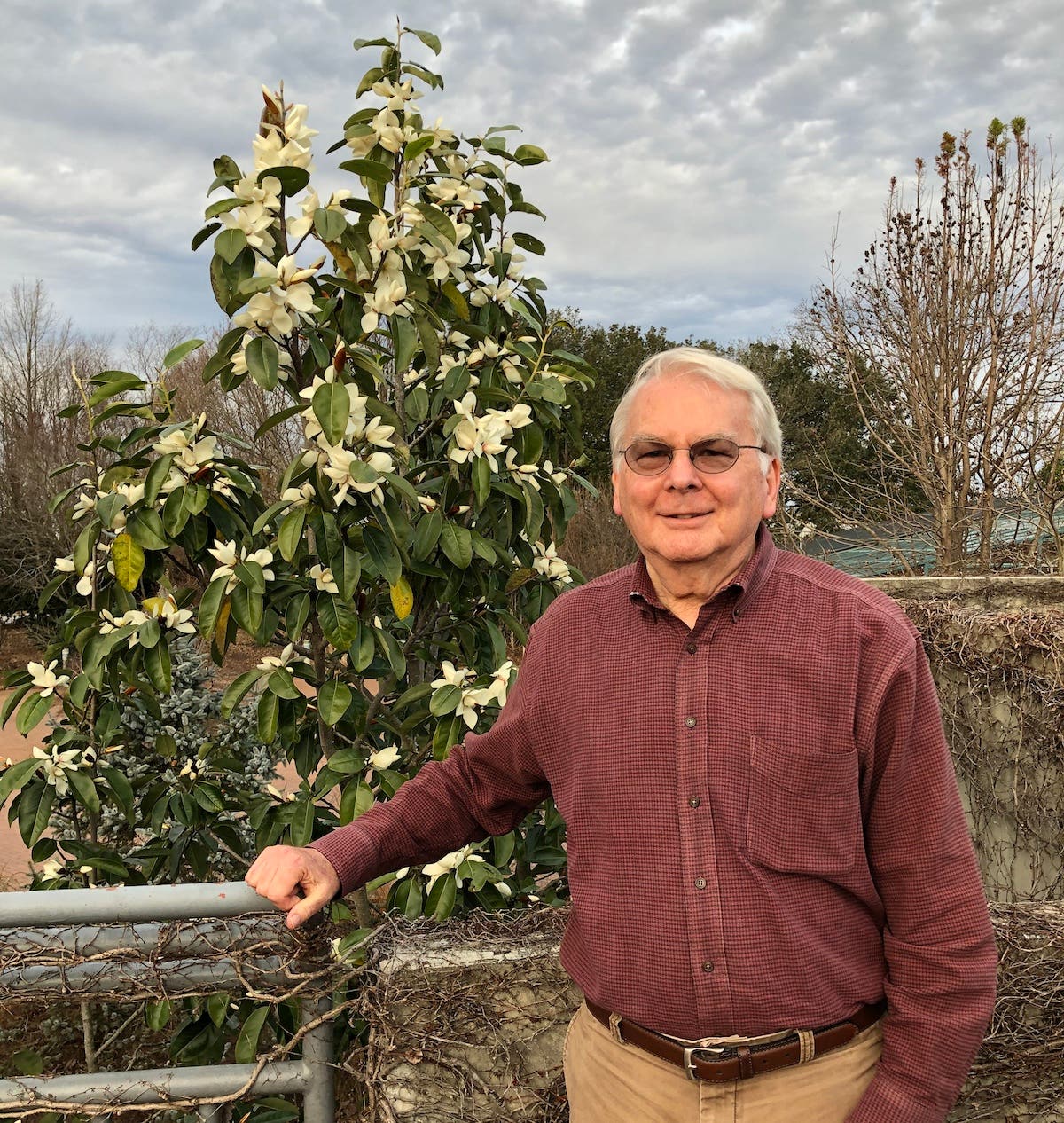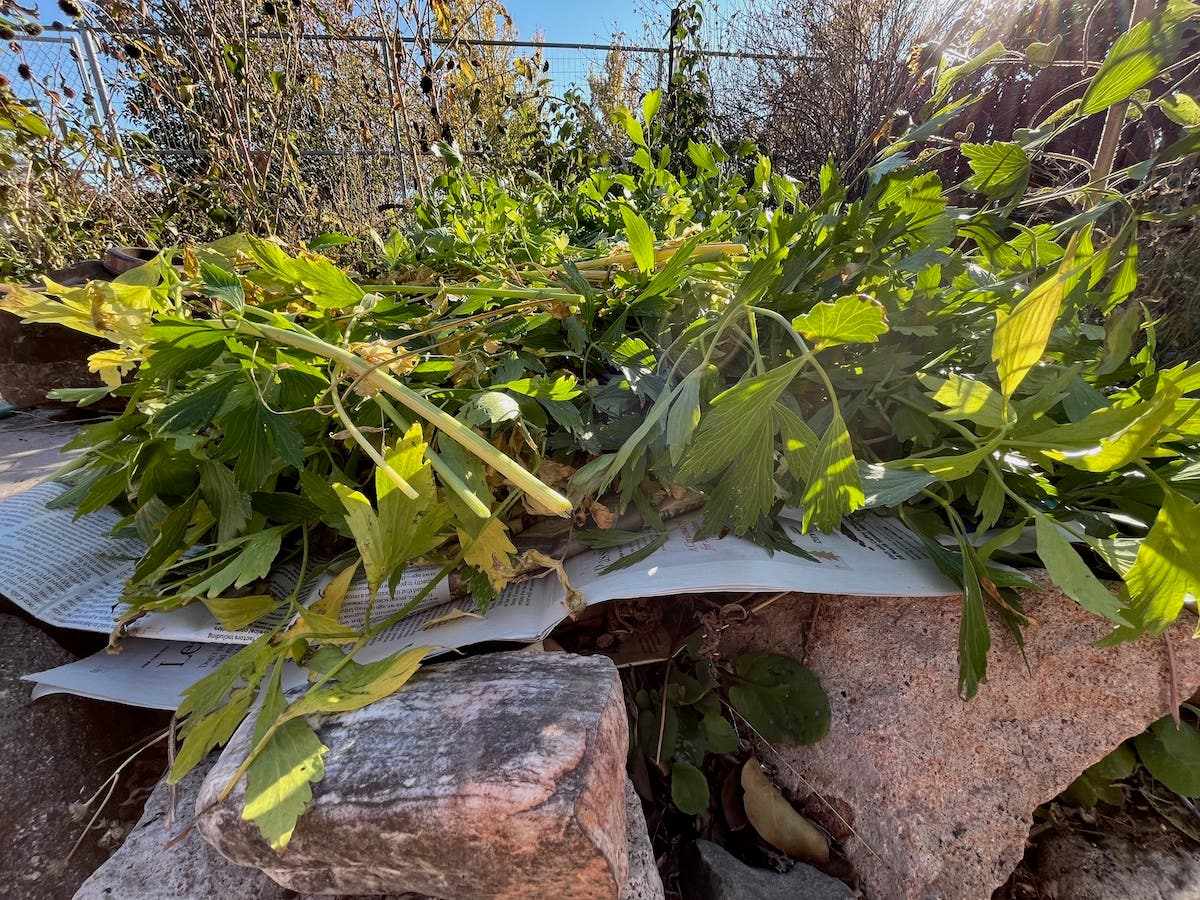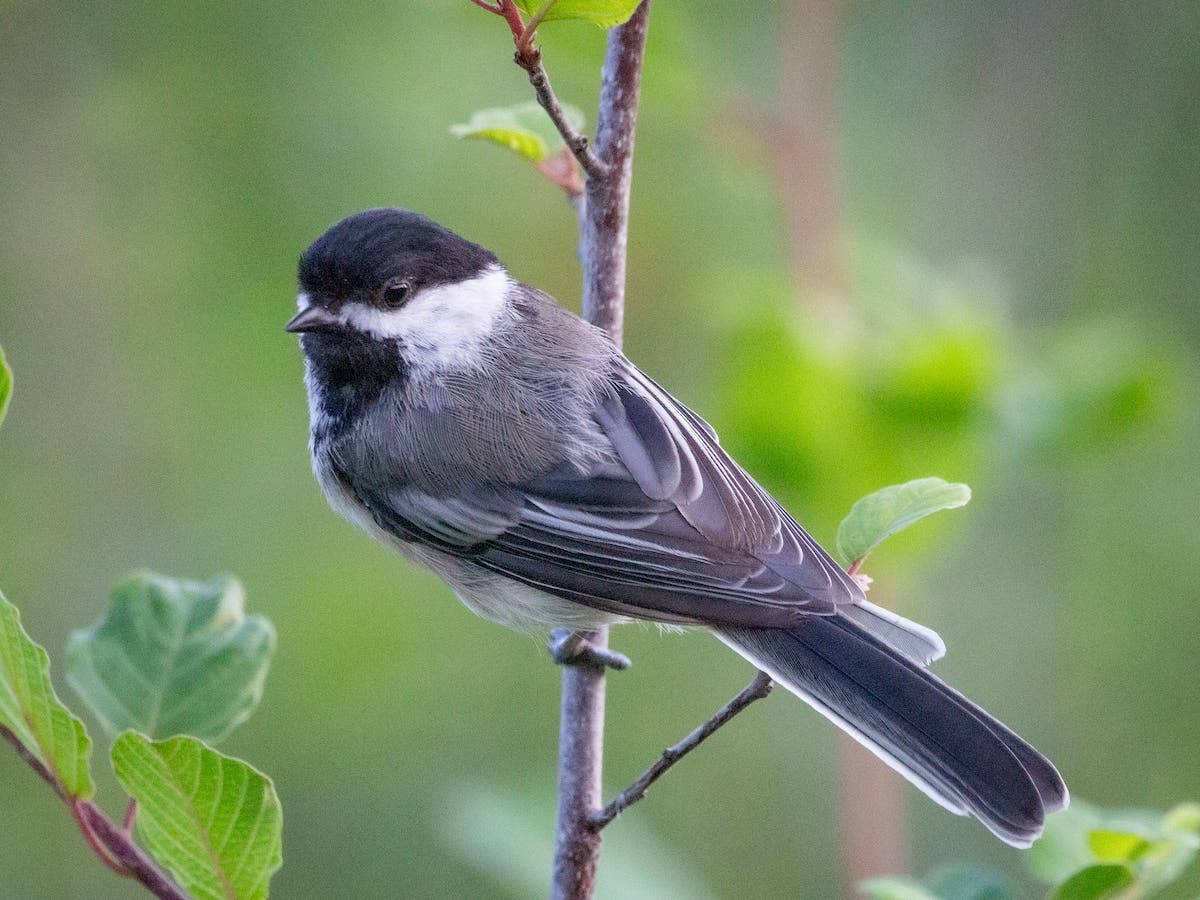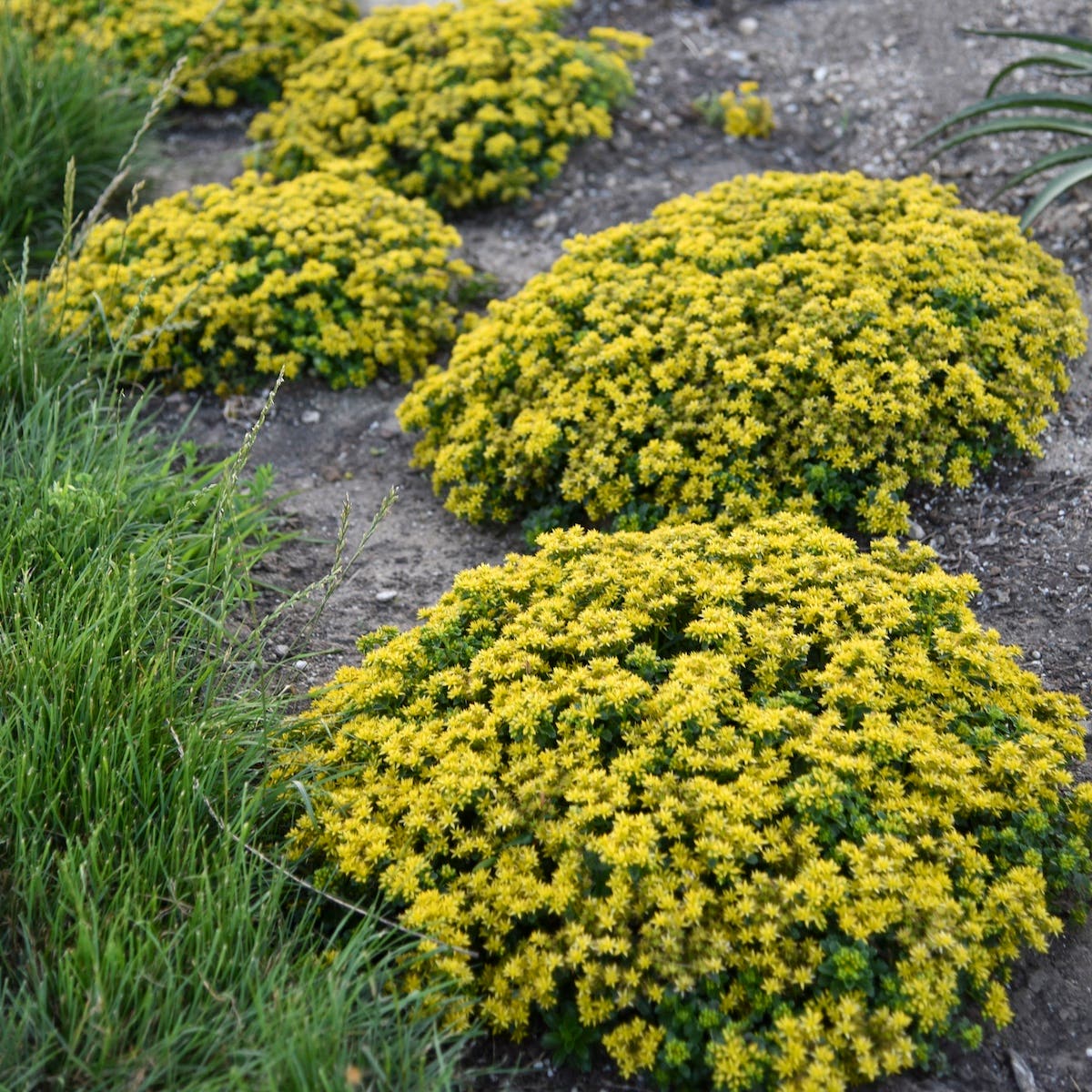As an Amazon affiliate, we earn from qualifying purchases made through affiliate links.
Here are a few gardening books published in 2021 and 2020 that Horticulture highly recommends.
If you want to design with nature, don't miss:
New Naturalism
by Kelly D. Norris
(Cool Springs Press, 2021
)
This is a beautiful and practical book that shows how to partner with nature in creating a garden—rather than attempt to direct nature. On my bookshelf, New Naturalism has found its place near favorites Garden Revolution by Larry Weaner and Thomas Christopher, Planting in a Post-Wild World by Thomas Rainer and Claudia West and Cultivating Chaos by Jonas Reif, Christian Kress and Jurgen Becker. These books describe ways to create low-input gardens that evolve in predictable ways. Plant choice is made with consideration to each species’s lifespan and inclination to spread, along with how it spreads.
Among these titles, New Naturalism is my choice for home gardeners interested in trying concepts of ecological design in their yard.
Author Kelly Norris gives a thorough explanation of soil, how plants grow (both physically and visually), competition and communities and more. He goes on to explain how to apply this knowledge when choosing a space to garden in and the plants to populate it. The book concludes with a meaty section called Plant Palettes, where Norris points out niches and features we find around a home and provides specific guidance and suggested plants. Case studies dotted throughout this section visit private and public gardens and Norris offers ways to apply the book’s ideas to familiar concepts like the rose garden, the foundation planting, a curbside space and more.
New Naturalism provides a depth of information about our plants’ lives, plus instructions on using that info to create a lasting garden that looks natural and needs little regular care.
If you’re in support of pollinators, don't miss:
Pollinator Gardening for the South
by Danesha Seth Carley and Anne M. Spafford
(The University of North Carolina Press, 2021
)
This book is written by a pair of North Carolina State University professors, one a specialist in sustainable urban ecology (Danesha Seth Carley), the other a landscape designer (Anne Spafford). They make the perfect team to educate readers on the lives of bees, butterflies, beetles and other insects—and to show how to apply this information to make a garden that will appeal to pollinators and people alike.
The book pays heed to specific insects, describing their life cycles and daily activities, and explains different types of pollination and how certain flowers appeal to certain pollinators. Next there’s a through discussion of color, texture and form, along with sketched plans that demonstrate how to exploit these qualities to make a compelling design. Design advice factors pollinators’ needs in, too, so that we choose and arrange plants to provide much more than just a feast for our own eyes. Maintenance tasks, too, are described with consideration to insect life cycles.
Pollinator Gardening for the South was written by two Southerners with the climate, seasonality and insect life of the southeastern United States. However the design and maintenance concepts covered are universal, and even many of the specific plants and pollinators will be familiar in other regions. No matter their locale, this book will help its readers create gardens that support bees and more.
If you’ve ever stood in awe of an oak tree, don't miss:
The Nature of Oaks
by Douglas W. Tallamy
(Timber Press, 2021)
Douglas Tallamy is well known for his wonderful books Bringing Nature Home and Nature’s Best Hope, in which he provides reasons and advice for planting in support of wildlife. In The Nature of Oaks, he turns is attention to just one genus, Quercus, and extols the myriad ways it sustains life on our planet.
"Oaks support more forms of life and more fascinating interactions than any other tree genus in North America,” Tallamy writes in the book’s prologue. He goes on to offer a close look at some of those life forms and interactions in the following chapters, which are arranged by month. Tallamy notes his own observations of the oaks on and around his property in each month before tackling the chapter’s topic. This personal detail and his conversational writing style keep the book relatable and readable while it delves into scientific matters.
An entomologist, Tallamy covers some of the hundreds of insects that oaks host, but he doesn’t stop there. We learn about the birds that those insects feed, about phenomenon like mast years and leaf marcesence—when trees hold onto dead leaves during winter—and more.
This book does a great service simply in explaining just how key oak trees are to the health of local ecosystems, but Tallamy does not stop there. He encourages the reader to take action by planting oaks, and to help he lists species by region and size, provides planting and care tips and addresses common hesitations.
If you’re eager for a garden tour, don't miss:
The Naturally Beautiful Garden
by Kathryn Bradley-Hole (Rizzoli, 2021)
In this book, noted British garden writer Kathryn Bradley-Hole takes the reader on brief but effective tours of 31 gardens in Europe, North America and Asia. Words and ample photographs combine to provide the essence of each place and inspire ideas.
Bradley-Hole selected the gardens around an interesting theme and her descriptions reflect it. These are spaces that facilitate a connection between the gardener or human guest and nature. Other recent books tackle the important topics of designing gardens to be welcoming to wildlife and respectful of resources; this book somewhat flips that approach to focus on gardens that relate well to people, while still fulfilling these other goals.
The gardens visited in the book offer much to birds and bees. Some serve as a harbor for regionally native plants. All reflect an understanding of the local climate and geography and its limits and opportunities. But beyond all of this, Bradley-Hole also highlights how each garden has been designed to be comfortable for human beings. The people are very much a part of the life running rampant in each garden, to the betterment of all.
While The Naturally Beautiful Garden is very much a collection of garden visits, it does more than cater to our inner voyeur. Bradley-Hole served for many years as a magazine editor, and her latest book includes elements like sidebars that list key points from each garden and spreads that deviate from the tour setup to focus on natural settings or gardening goals. It all comes together to provide a book that celebrates naturalistic gardens as well as our own place within them.
If gardening is your lifelong joy, don't miss:
The Geriatric Gardener
by Duane Pancoast (Duane Pancoast, 2020)
One thing I love about this book is its straightforwardness. Beginning with the title, Duane Pancoast does not beat around the bush. Throughout the book he offers clear, concise, convincing advice that’s enjoyable to read. The book provides the message that there’s no reason to stop gardening as we age; we just need to adjust our ways of doing things, the style of our gardens and, perhaps most importantly, our mindset.
In 2017, at age 78, Pancoast began a blog called The Geriatric Gardener, with the goal of helping others continue to garden despite diminished mobility and other health issues that come with age. He later learned that this is a discipline more delicately termed “adaptive gardening.” Pancoast has compiled his best blog posts into a printed book, complete with images from his own garden.
Because he draws from his own experience, Pancoast offers a unique and encompassing take on the challenges the elders among us face in their gardens. He covers physical concerns, such as dehydration; emotional considerations, like frustration; and mental obstacles, such as forgetfulness, and suggests ways to overcome them. He also includes discussions of different garden styles and trends and contemporary topics, like sustainability, and how these can suit the older gardener in particular.
The Geriatric Gardener is a pleasant and informative read for its intended audience, and their grown children may find it helpful as well, as they help guide their parents toward downsizing a garden, decreasing its need for maintenance and working with help. It can be ordered at http://www.thepancoastconcern.com.
If you are a West Coast gardener, don't miss:
Gardening in Summer-Dry Climates
by Nora Harlow and Saxon Holt (Timber Press, 2020)
With Gardening in Summer-Dry Climates, landscape architect Nora Harlow and renowned garden photographer Saxon Holt present a thorough—and colorful—West Coast design guide.
The bulk of the book comprises individual plant recommendations, each one complete with a description of the species, its typical behavior in the garden, its native origins and its cultural needs. The back of the book offers a handful of special lists, such as “Trees for Small Spaces” and “Plants for Hot Sites,” plus charts showing plants’ season(s) of interest and light requirements at a glance. These features help readers home in on options that will both succeed and contribute to a well-rounded design.
But before diving into the plant descriptions and related matter, Harlow and Holt first provide an overview of West Coast climates—which are all “summer-dry” yet not always otherwise alike. The pair explain the weather of regions running from Vancouver to the Baja, plus the features that influence the climates and what they mean for gardens and plant choices. They provide design advice specific to local concerns—such as heavy winter rains, periods of drought and wildfires—and pay heed to contemporary concerns like carbon-trapping gardens and designs that anticipate change.
This all adds up to a beautiful book that’s much more than a directory of drought-tolerant plants. It’s one that can help build a beautiful, largely self-sustaining space that suits its spot on the planet in both looks and needs.
If you love roses and history, don't miss:
Rosa
by Peter E. Kukielski with Charles Phillips (Yale University Press, 2021)
From noted rosarian Peter Kukielski comes this unique and handsome book that traces the many ways that roses have captured human imagination throughout the history of civilization.
The rose is perhaps the most recognized flower the world over, and Kukielski shows how it reached this status. He relates stories from many different cultures, religions, literatures, industries, artistic movements and more—all featuring the rose. More than a litany of facts and figures, the book builds a compelling narrative through the ages that it investigates, making for an enjoyable education. Imagery accompanying the chapters includes reprinted artwork and botanical illustration as well as garden photographs.
Kukielski shares a thorough understanding of just how the rose has found and maintained its place in culture as well as horticulture. He concludes the book with a look to the present and future of the rose. How does the rose fit among changing climates, garden desires and tastes? He outlines the current breeding and trialing efforts that are securing this storied flower’s place, making it a story with a happy, hopeful ending.



